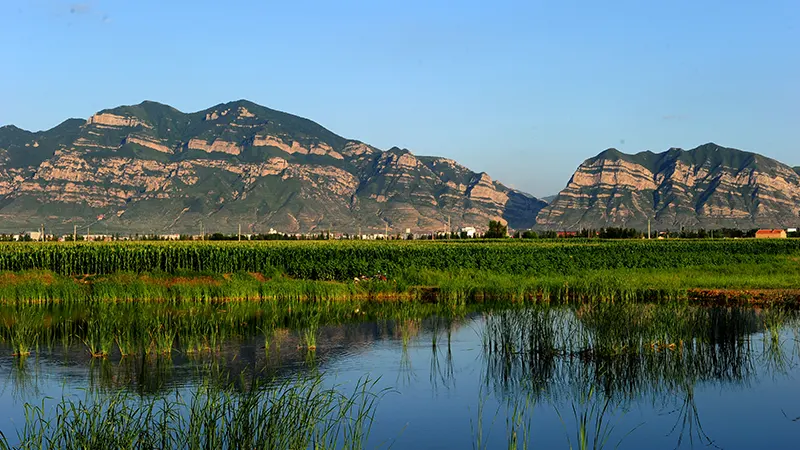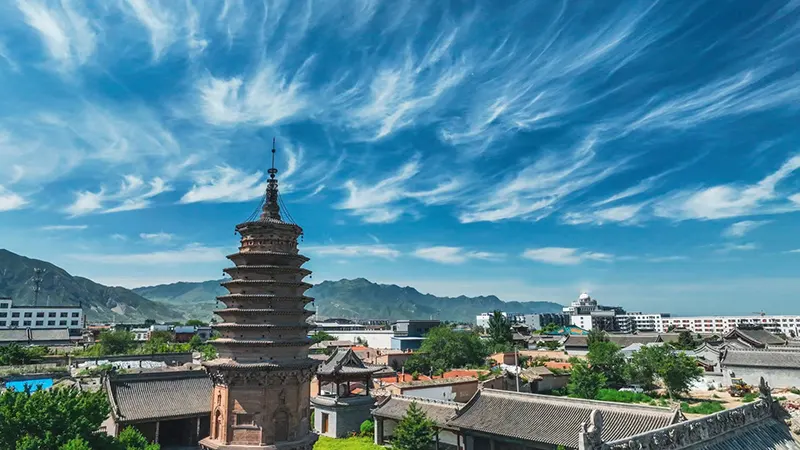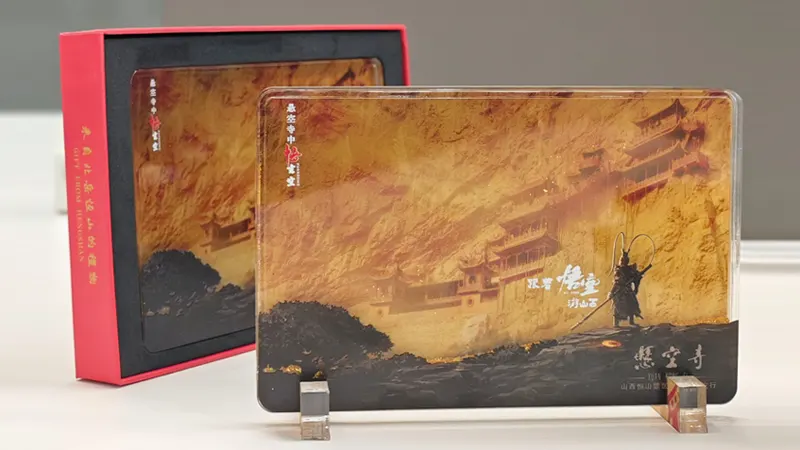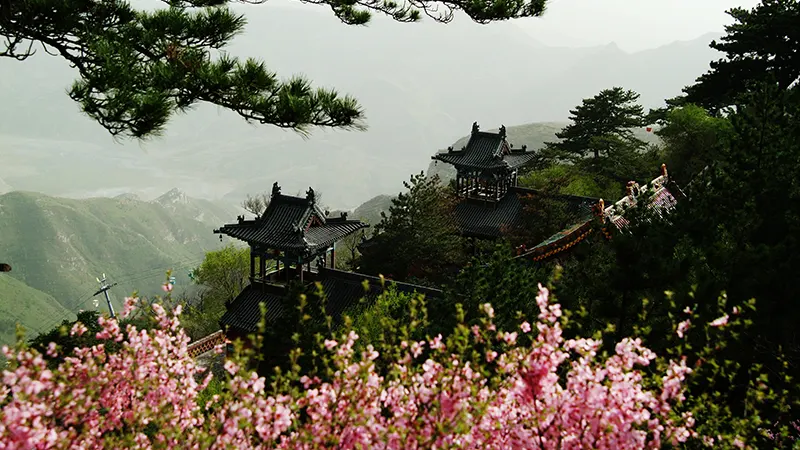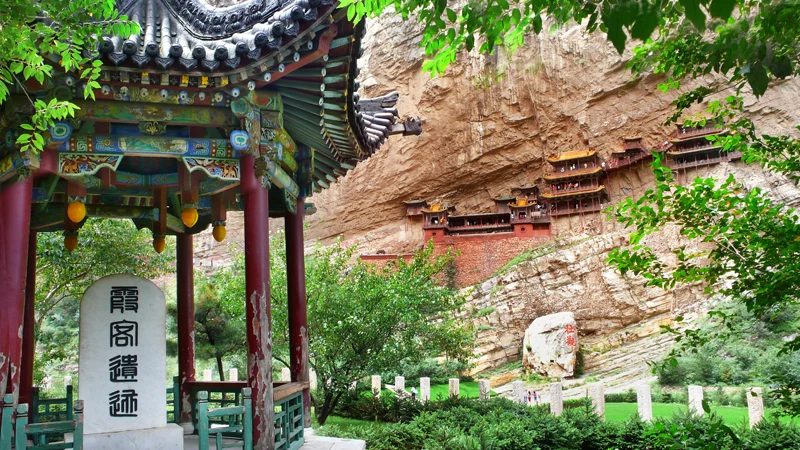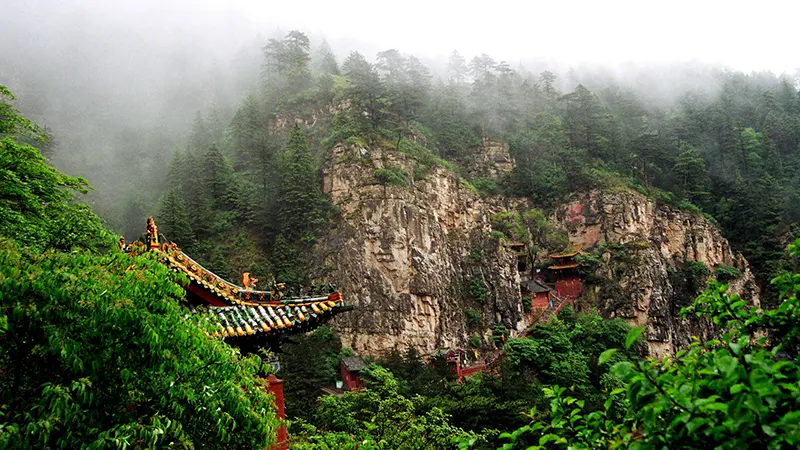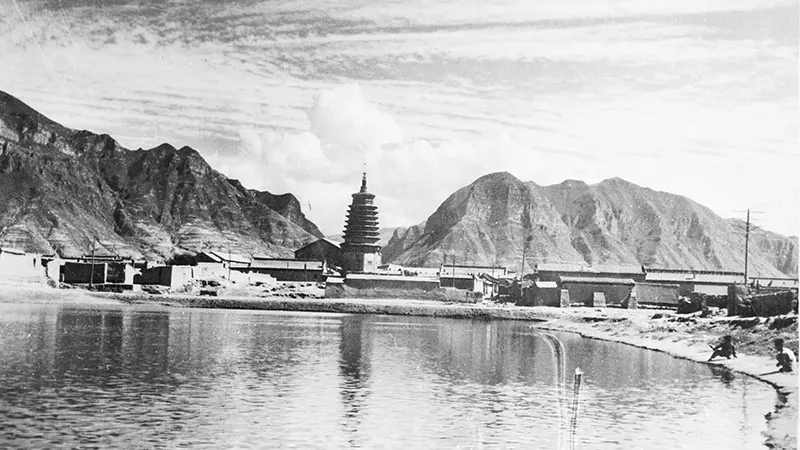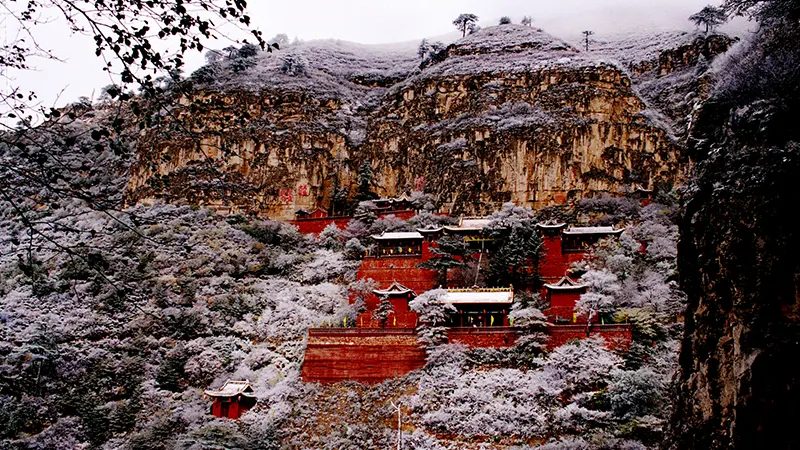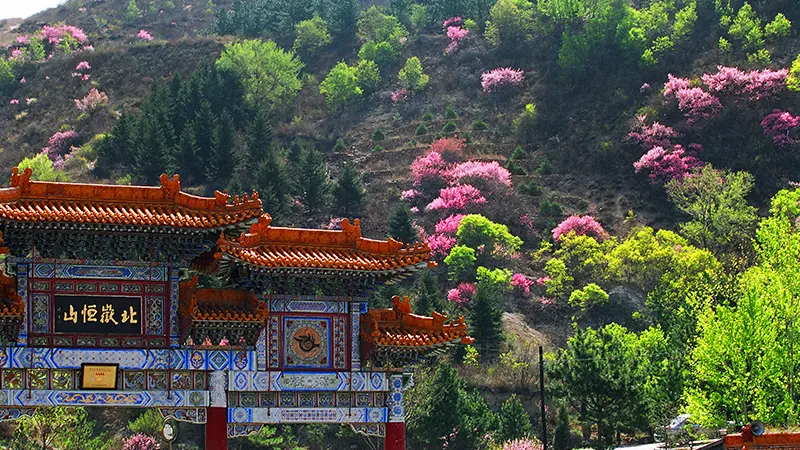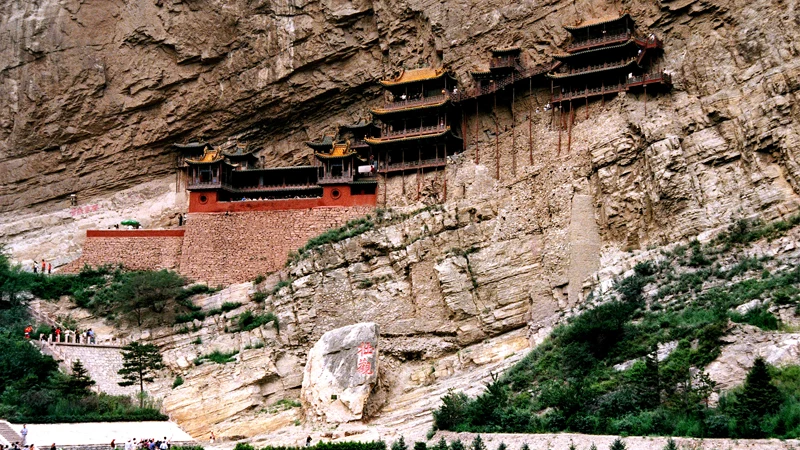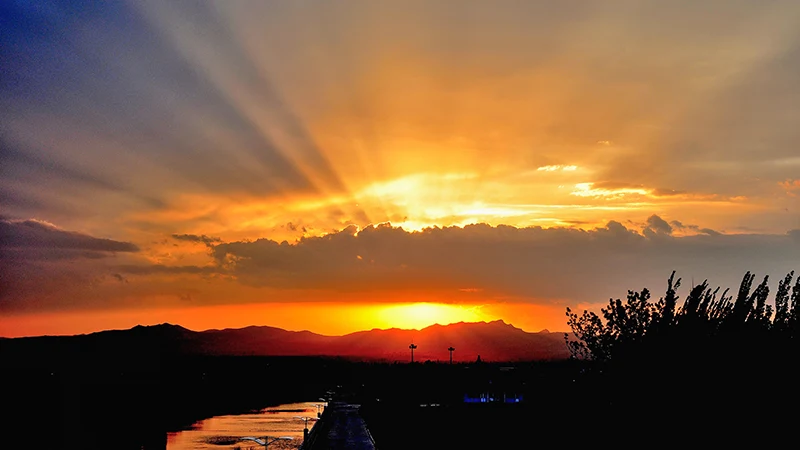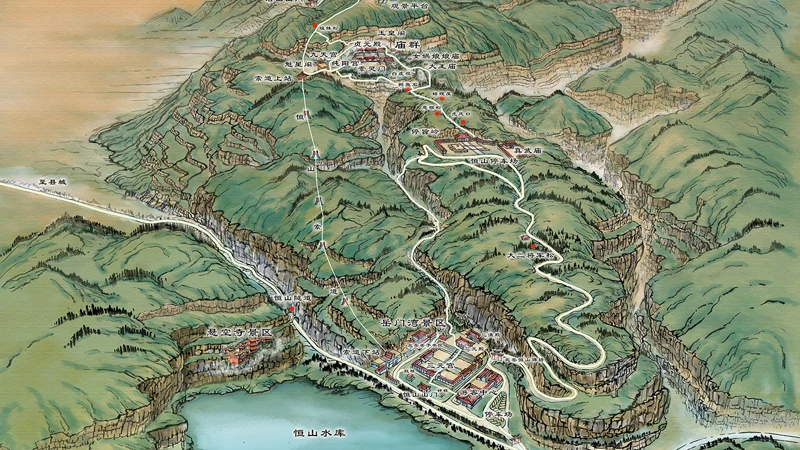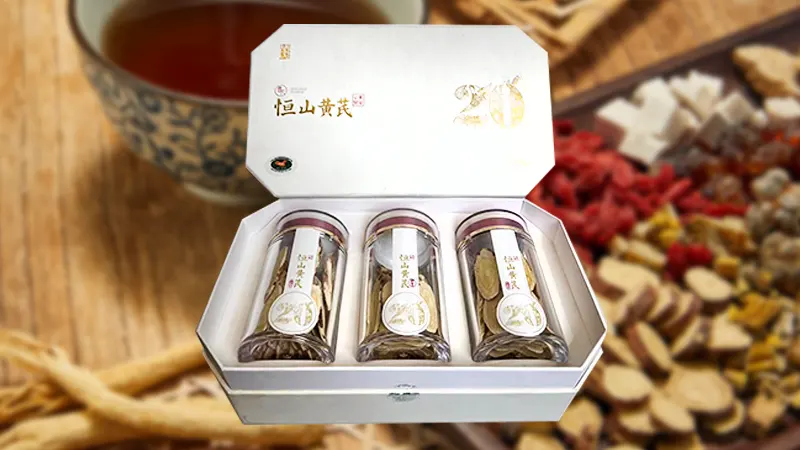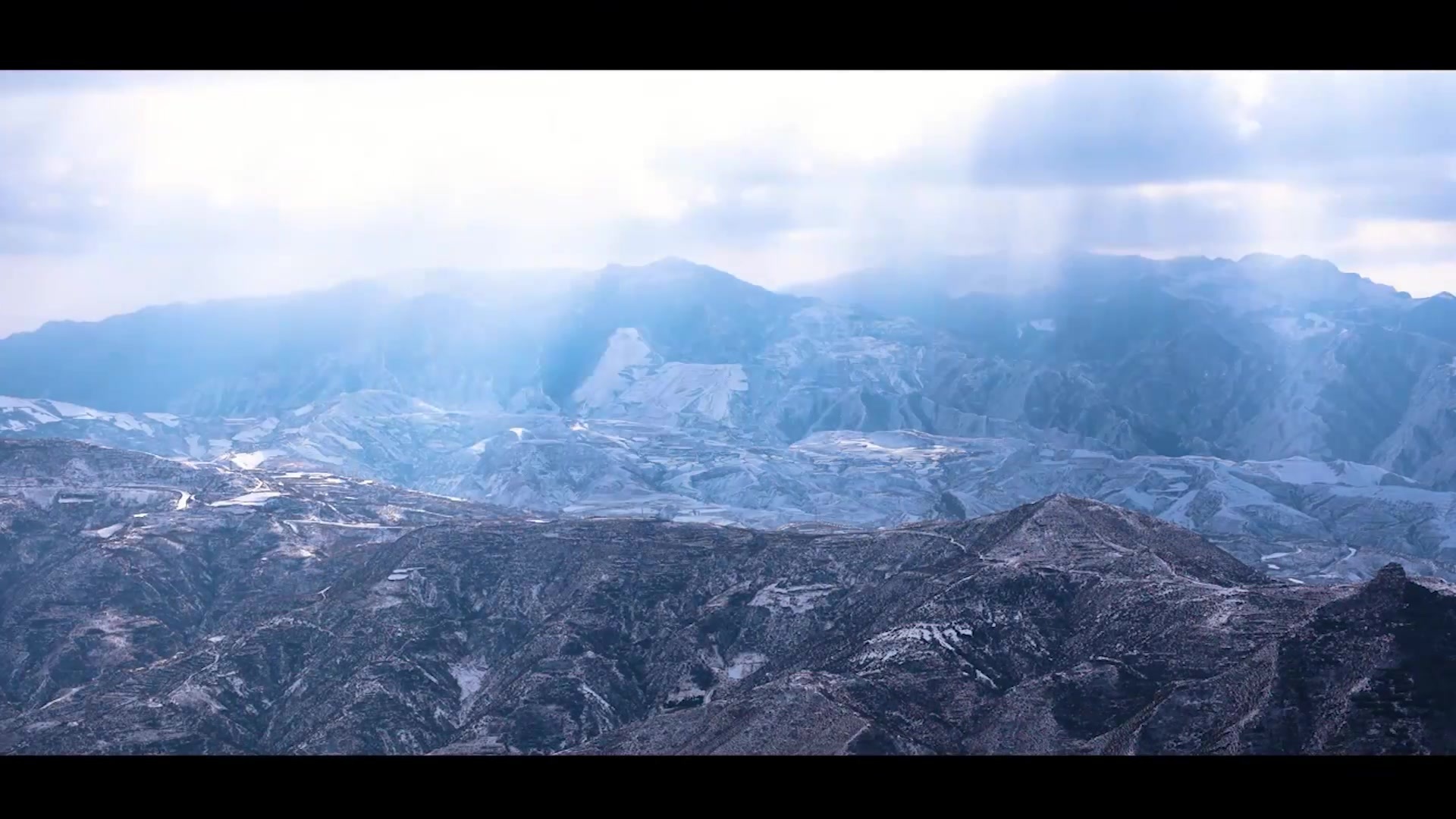The "Huaqing Pool" of Shanxi - Hunyuan Tangtou Hot Spring
Publish Time:
2025-03-14 12:08
Source:
Tangtou Hot Spring is located in Tangtou Village, 100 li southeast of Hunyuan County, Datong City. It is one of the few radon springs in China. It was discovered and utilized as early as the Eastern Han Dynasty. Emperors Dao Wu, Wen Cheng, and Xiao Wen of the Northern Wei Dynasty all stayed at the hot spring, making it the royal hot spring palace during the Northern Wei Dynasty. In the autumn of July of the 18th year of the Tonghe era of the Liao Dynasty, Emperor Jingzong stayed at the hot spring.
The Song Dynasty poet Ruan Yue once wrote a poem, "Chengjiang Baiyong Bingxu · Hot Spring," which reads: "Who exchanged the heat for coolness, making the clear spring boil? From the gift to the concubine of Lishan to bathe, hot springs are found everywhere in the world." This is a poem about hot springs, expressing both admiration for them and the fact that only after Yang Guifei was granted the Lishan Hot Spring, Huachengchi, did the beauty of hot springs throughout the land become known to the world. In fact, hot springs have existed for a long time. According to historical records, the hot springs of Lishan were discovered around 3000 years ago during the Western Zhou Dynasty. During the Han Dynasty, imperial palaces and villas were built here, and during the Tang Dynasty, the magnificent "Huacheng Palace" was constructed. Because the palace was built on top of the hot springs, it was also called "Huachengchi." However, the fame of "Huachengchi" originated from the story of Emperor Xuanzong of Tang and Yang Guifei. In Wangzhuangbao Town, an ancient town at the southern foot of Hengshan Mountain in Hunyuan County, Shanxi Province, there is also a hot spring—Tangtou Hot Spring, known as the "No. 1 Spring in North China." For thousands of years, its long history, rich culture, beautiful legends, high-quality spring water, and unique folk customs have attracted tourists from all directions. Many people call it the "Huachengchi of Shanxi."
"The Huachengchi of Shanxi"—Tangtou Hot Spring, is located in Tangtou Village, Wangzhuangbao Town, Hunyuan County, Datong City, Shanxi Province, 45 kilometers from the county seat. The Rongwu Expressway has an exit near the hot spring, making transportation very convenient. "What chemical process causes heat and cold? It makes the mountain spring into hot water." This spring was discovered and utilized as early as the Eastern Han Dynasty, making it a very old hot spring. Li Daoyuan, the pioneer of Chinese travelogue literature and a famous geographer and essayist, recorded 31 hot springs in his "Notes on the Waterways." He classified the hot springs into five grades according to their temperature, from low to high: "warm," "hot," "extremely hot," "very extremely hot," and "extremely toxic hot." He repeatedly mentioned that hot springs could "cure all diseases." "Notes on Waterways, Volume 11" records: "Further east lies the hot spring water, the water emerges from the northwest Xuan Valley, its water is as warm as soup, it can cure hundreds of diseases, so the world calls it a hot spring." The "Xuan Valley" in this passage refers to the Hunyuan Tangtou Hot Spring. In the Tangtou Hot Spring Sanatorium, a relatively well-preserved stone tablet inscription from the first year of Ming Longqing (1567) that records the reconstruction of the Hot Spring Temple still exists. The inscription states: "Up to the Wuwu month Gengyin day of Jiajing forty-two years (1563), this temple was repaired again, recorded by myself, the book says: 'Tangtou Hot Spring City is 100 miles south of Wenkou Courtyard, this has existed since ancient times, it can cure hundreds of diseases, the miraculous effect of moisturizing, washing it immediately heals.' In ancient China, soaking in hot springs was generally a privilege of imperial relatives and ministers, deeply marked with the label of "aristocrats." The development of Tangtou Hot Spring is closely related to the political center of the Northern Wei Dynasty being in Datong. The Qing Qianlong edition of "Hunyuan Prefecture Chronicles • Mountains and Rivers" records: "At the end of the Northern Wei Ti Ci era (408), Jia Yi, the Xingtai of Ye County, came to the hot spring for treatment. In December of the first year of Xingguang of Northern Wei (454), Emperor Wencheng of Wei visited Lingqiu County and stopped at the Hot Spring Palace. In February Dinghai of the second year of Taihe (477), Emperor Xiaowen of Wei 'visited the hot spring of Dai.'" During the reign of the last emperor of the Northern Wei Dynasty, Emperor Xu, Yang Zunyan, the Shangshu Ling, Piaoqi General, and Kaifeng King, once fled and treated his illness at the Tangtou Hot Spring, "abandoned his clothes and hats by the water's edge," "changed his name and identity" and fled to Mount Song and Tianheng Island to live in seclusion, "people on the sea thought he was Mr. Liu." From the relevant historical records, it can be seen that Emperor Daowu, Emperor Wencheng, and Emperor Xiaowen of the Northern Wei Dynasty all "treated their illnesses in the hot springs," "stayed at the Hot Spring Palace," and "visited the hot springs of Dai." Even in the Ming Dynasty, the temple beside the hot spring was extensively repaired. According to local legend, when the emperors of the Northern Wei Dynasty visited the hot spring, in order to demonstrate their imperial grace, they often gave the accompanying court ladies to local officials and people as wives when they left the Hot Spring Palace. Therefore, the folk song "When you arrive in Hunyuan Prefecture, go home and divorce your wife" has been passed down. This legend, on the one hand, shows that the women of Hunyuan are naturally beautiful, virtuous, and wise, with court origins, and on the other hand, it shows that the Tangtou Hot Spring is well-deserved, comparable to the Lishan Huachengchi.
The Tangtou Hot Spring has excellent water quality, abundant water volume, and extremely rich reserves. This hot spring is a deep and shallow two-layer geothermal water. The shallow layer of water is about 130 meters underground. The hot spring water gushes out from the sand and stones year-round, especially suitable for bathing and medical treatment. The Tangtou Hot Spring has a large water flow, high temperature, and high quality, with a daily output of more than 600 tons, belonging to the national first-class medical high-temperature mineral spring, "water like boiling soup," with a water temperature as high as 63°C. According to measurements, this hot spring contains elements such as radium and radon, as well as more than 30 components such as hydrogen sulfide, potassium, sodium, calcium, and magnesium. According to modern medical research, radon in the hot spring, due to its lipophilicity, penetrates the skin tissue and plays an anti-inflammatory, analgesic, antipruritic, sedative, anti-allergic, and endocrine regulation role. It is particularly effective in treating gastrointestinal diseases, skin diseases, hypertension, heart disease, gynecological diseases, and rheumatoid arthritis. Potassium, calcium, and other elements can strengthen vascular function, affect the excitability of nerve cells and the endocrine system, improve the body's resistance, and thus play a medical and health care role. According to statistics, the cure rate of psoriasis at Tangtou Hot Spring is 76.8%, and the effective rate is 99.5%; the cure rate of eczema is 63.6%, and the effective rate is 99.6%; the cure rate of dermatitis is 55.5%; and the total effective rate in treating various skin diseases is over 99%. In addition, the effective rate of treating rheumatoid arthritis, sciatica, spondylitis, lumbar muscle strain, sequelae of trauma, chronic gastritis, paralysis, early-stage diabetes, mild cardiovascular diseases, gynecological adnexitis, and early-stage hypertension has also reached over 98%. Bai Juyi's "Song of Everlasting Sorrow": "In the spring cold, the imperial concubine bathed in the Huaqing Pool, the hot spring water was smooth, washing away the congealed fat," the Tangtou Hot Spring may even surpass this.
"Warm valley, cold forest and meadow, many people enjoy the pleasure of traveling." To this day, this hot spring sits at the foot of Hengshan Mountain, having survived the vicissitudes of history for thousands of years, washing away countless heroes, talented men, and beautiful women, it remains bright-eyed and clear. Currently, the Tangtou Hot Spring Resort is accelerating its construction and upgrading. It is believed that after the completion of construction next year, the newly renovated Tangtou Hot Spring Resort will attract numerous domestic and foreign guests to come, drink a pot of turbid wine, wash away fatigue and illness, talk about ancient and modern things, and enjoy the autumn of the world.
Proofreading: Xue Fang
Editor: Xing Xuelin
Keywords:
Related News
Republic of China hemp mat treasure | Guiyou (1933) Deng Hengyue Ji (with poems and texts)
In today's ancient city of Hunyuan, when discussing well-preserved ancient residences, one must mention the "Ma Family Courtyard." The original owner, Ma Xi Zhen, has also gained attention, as if the person is known because of their residence.
Republican High Liangzuo | 1935 North Shanxi Field Trip Notes
In the spring of 1935, the Nationalist Government in Nanjing dispatched Shao Yuanchong, a member of the Central Executive Committee of the Kuomintang, and Zhang Ji, a member of the Central Supervisory Committee, to Shaanxi to pay homage to the Yellow Emperor's Mausoleum. After the ceremony, Shao Yuanchong went on an inspection tour of Northwest China, visiting Gansu, Qinghai, Ningxia, Inner Mongolia, and Shanxi. His secretary, Gao Liangzuo, accompanied him throughout the journey, recording their observations and experiences, which were subsequently published in major newspapers and generated significant public attention.
Republic of China, Jiang Weiqiao | 1918 Hengshan Mountain photo album
In September 1918, Jiang Weiqiao, a councillor of the Ministry of Education of the Beiyang Government, was ordered by the Ministry of Education to inspect the academic affairs in Shanxi Province. He took the opportunity to pay his respects at Mount Wutai and Hengshan Mountain. He departed from Beijing on September 21, first taking a train to Shijiazhuang, and then to Taiyuan; then he took a carriage to Mount Wutai and Hengshan Mountain; and finally returned to Beijing from Datong by train on October 13.
Shao Yuanchong of the Republic of China | Brief Record of the 1935 Northern Mount Taihe Expedition
In the spring of 1935, the Nanjing Nationalist Government dispatched Shao Yuanchong, a member of the Central Executive Committee of the Kuomintang, and Zhang Ji, a member of the Central Supervisory Committee, to Shaanxi to pay homage to the Yellow Emperor's Mausoleum. After the ceremony, Shao Yuanchong went on an inspection tour of Northwest China, departing from Xi'an on April 25 and subsequently visiting Gansu, Qinghai, Ningxia, Inner Mongolia, and Shanxi.
Chen Xingya's Travelogue of Yungang Grottoes and Hengshan Mountain in 1935, Republic of China
Between the September 18th Incident and the Marco Polo Bridge Incident, Chen Xingya held the idle post of council member of the Peiping Pacification Commission, staying at home and often traveling with friends to various famous scenic spots in China.


